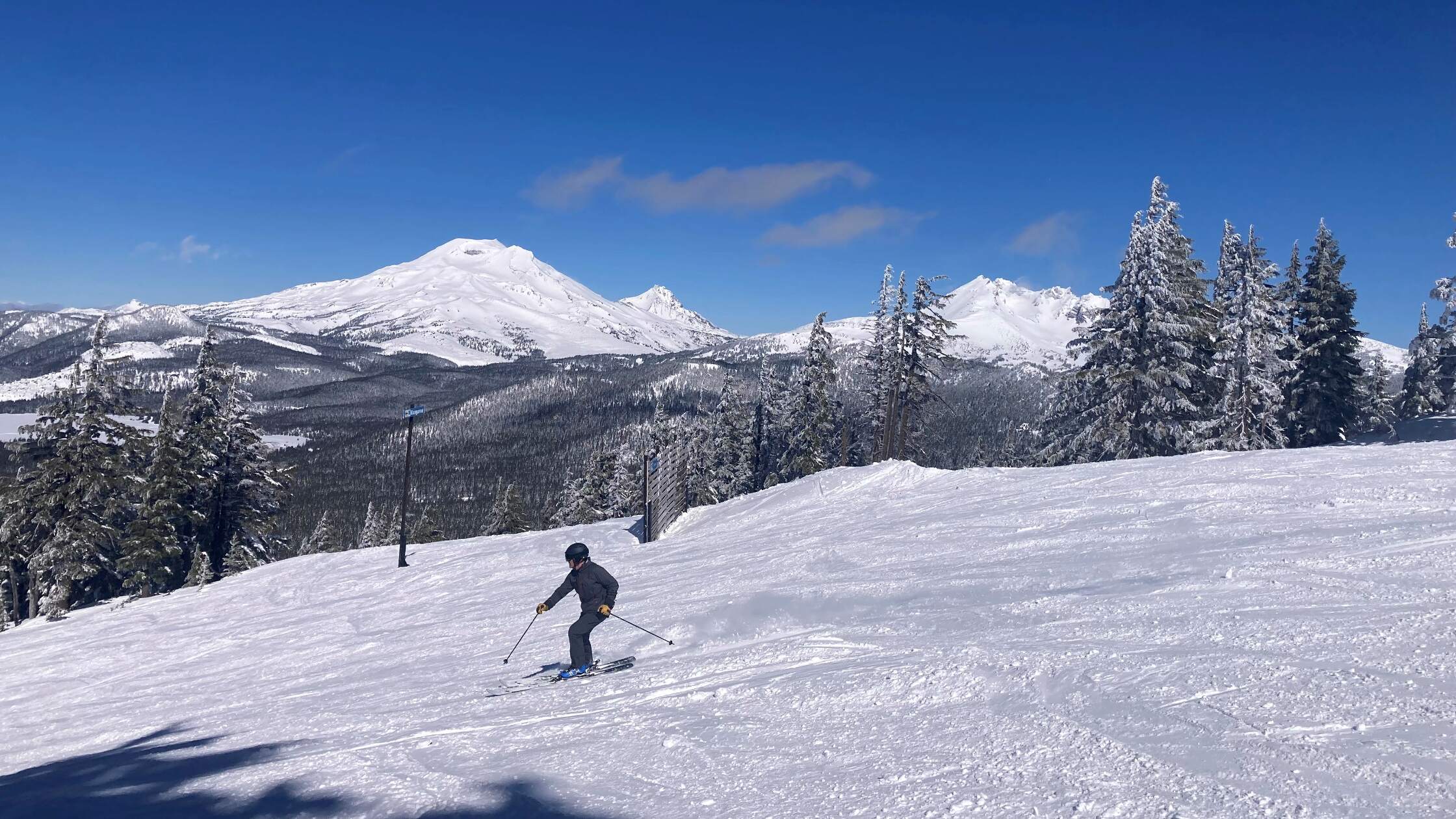Fall is coming, the days are growing shorter, and the kids are finally back in school. So naturally we start thinking about the upcoming ski season! (At least I do.) For those who can’t wait to start skiing or boarding, those days are getting closer. However, before sliding down the groomers or making perfect off-piste turns, it’s essential to prepare your body for the demands of skiing.
Preparing for ski season should start well before the first flakes start flying. Even if we’ve spent the past spring and summer performing a lot of cardiovascular training, our bodies aren’t prepared to absorb the eccentric loads required in skiing. All that swimming, cycling and running has improved our endurance, but we’ll need to do more work to tolerate the physical needs of a full day of skiing or boarding.
Eccentric muscle contractions are the lowering portion of activities, such as the second half of a biceps curl or the first half of a squat. Absorbing the bumps and putting on the brakes in a ski turn demands high eccentric loads on our bodies, which is why the morning after the first ski day of the season can be so painful.
So how can we be prepared for skiing?
- Don’t stop the cardiovascular training! Maintain that fitness that you gained over the summer.
- Start eccentric lifting activities in early October to ensure a good 6-8 weeks of preparation. This will give your muscles and joints time to be ready for the rigors of corduroy turns or steep powder runs.
Strength exercises for skiing:
The following exercises will give you a good start on your journey toward skiing fitness. How amazing would it be to wake up after that first day of the season and not be sore or injured?
Squat Jumps: these are excellent for building leg strength and explosive power, crucial for maintaining control and stability while skiing.
- Stand with your feet hip-width apart
- Slowly lower your body into a squat position, keeping your knees behind your toes
- Explosively jump up as high as you can
- Land softly and immediately go into another squat
- Repeat for 15-20 reps
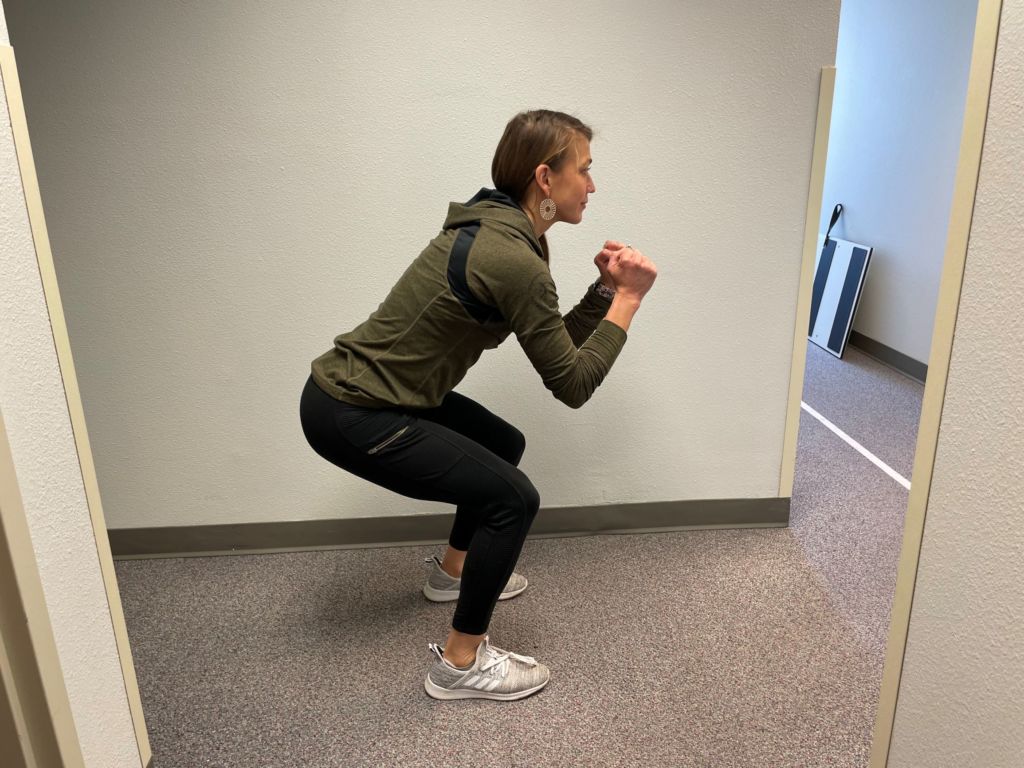
Lunges: these target your quads, hamstrings and glutes, helping to improve your balance and stability on the slopes.
- Stand with your feet together
- Step one foot forward and lower your body into a lunge position
- Your front knee should be at a 90-degree angle, and your back knee should hover just above the ground
- Push off the front foot and return to the starting position
- Complete 15-20 reps on each leg
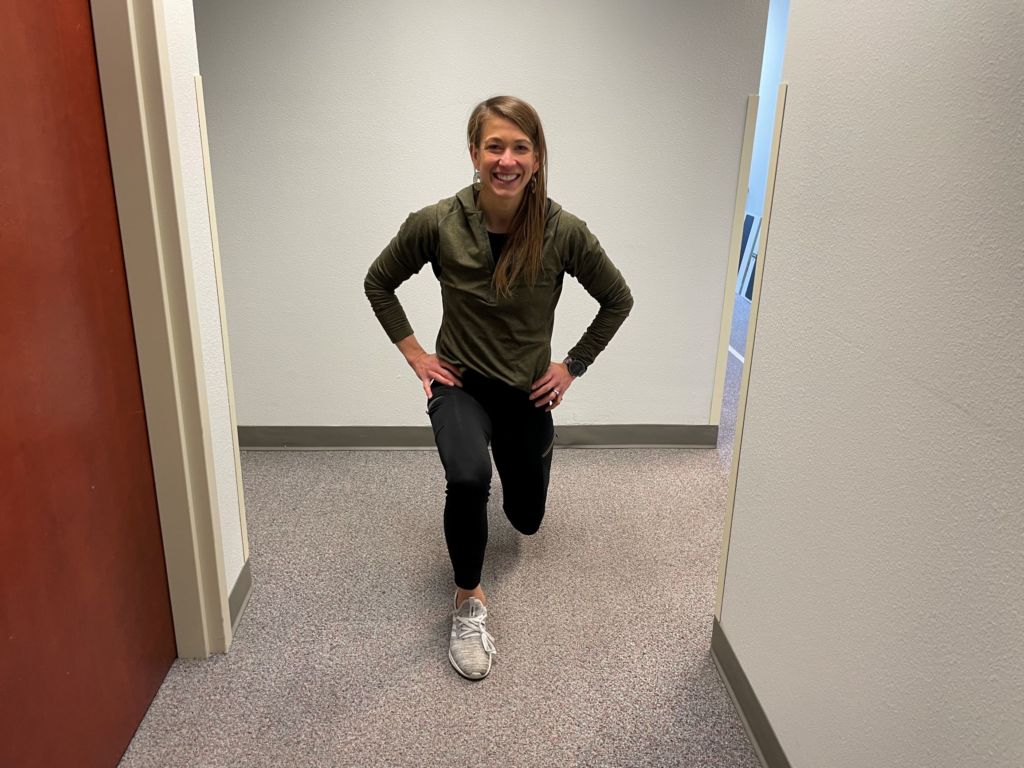
Planks: these are essential for strengthening your core, which plays a significant role in maintaining proper posture and balance while skiing.
- Lie face down with your elbows directly beneath your shoulders
- Engage your core and lift your body off the ground, forming a straight line from head to heels
- Hold this position for 30-60 seconds, 2-4 repetitions
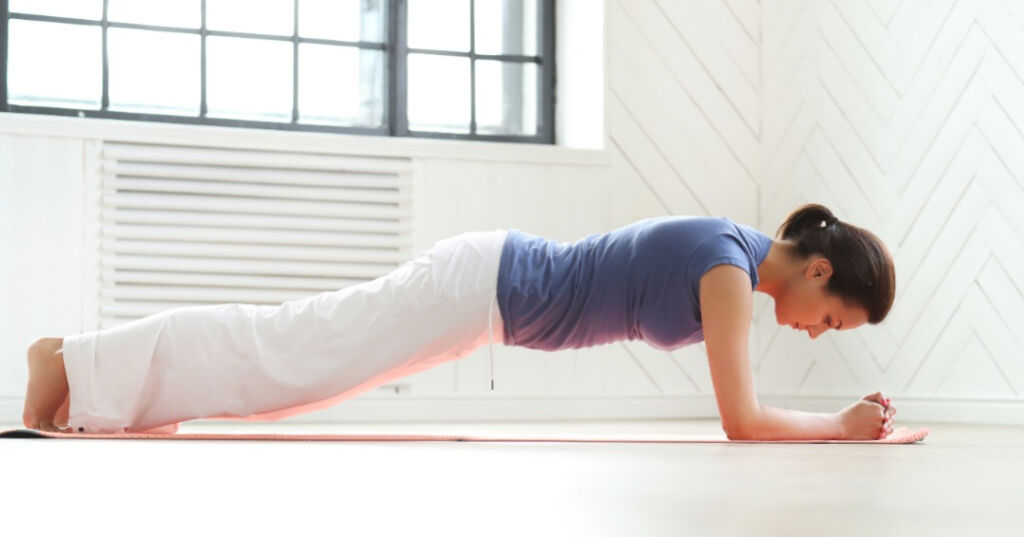
Side Leg Raises: these target your hip abductors, which are vital for stability and preventing knee injuries during skiing.
- Lie on your side with your legs straight
- Lift your top leg while keeping it straight, but don’t let your pelvis tip upward or forward
- Lower your leg back down without letting it touch your bottom leg
- Perform 15-20 reps on each side, 2-4 repetitions
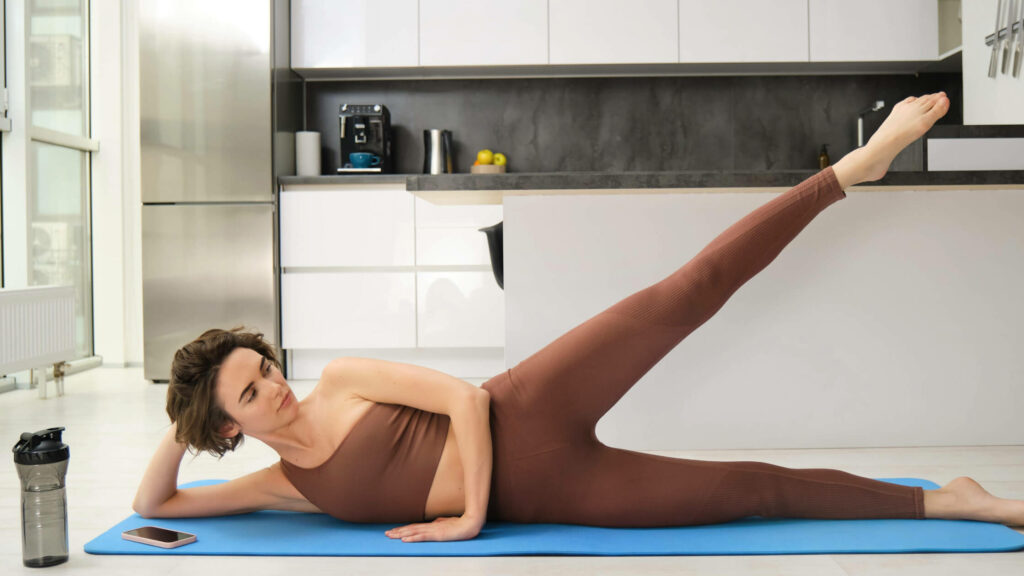
While improving your leg strength is essential, don’t forget to include flexibility and mobility work in your pre-season routine. Hamstring stretches, hip flexor stretches, and open-book torso rotations can help improve your range of motion and prevent injury. Continued core stability and flexibility can be maintained through yoga or Pilates sessions as well.
Remember, if you’re dealing with an injury or need additional help preparing for ski season, a qualified physical therapist can help to evaluate your strength and fitness, then build a custom program that addresses your individual needs.
By incorporating these activities into your pre-ski season routine, you’ll be better equipped to hit the slopes with confidence, reduce the risk of injury, and make the most of your time on the mountain. Get started soon and get ready to enjoy a fantastic ski season!
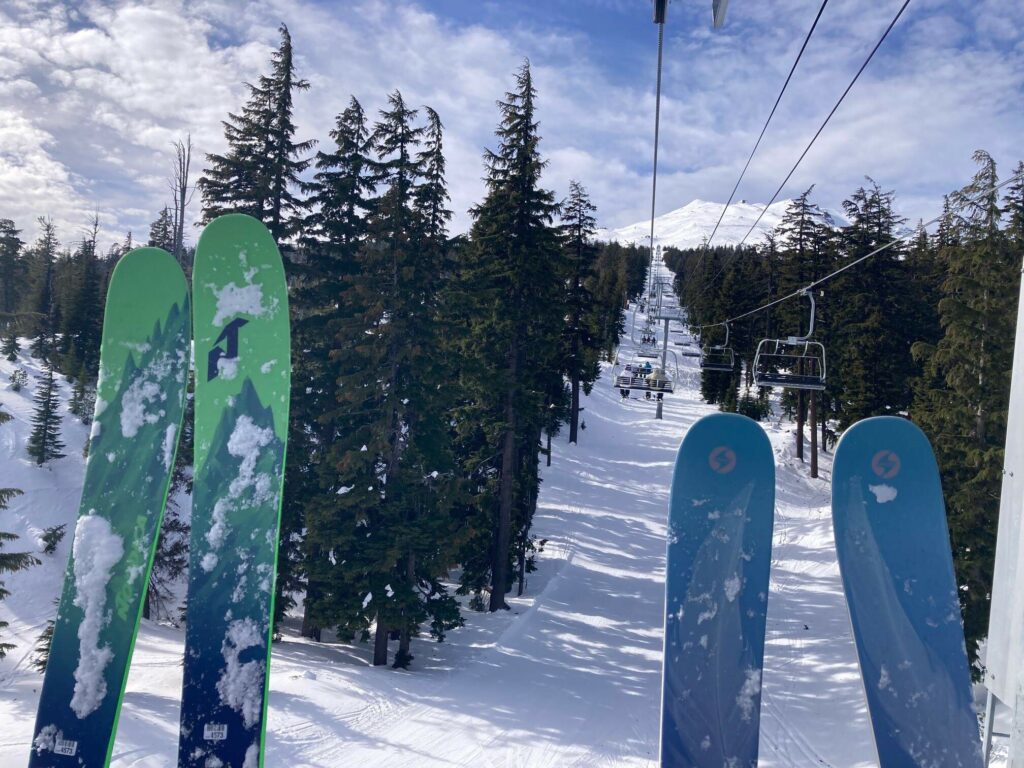
Let us help you kick off your ski season!
One of the most important components of having a successful ski season is spending some time doing some pre-season ski conditioning. However, if you are unsure where to start, or pain is getting in your way, we can help!
